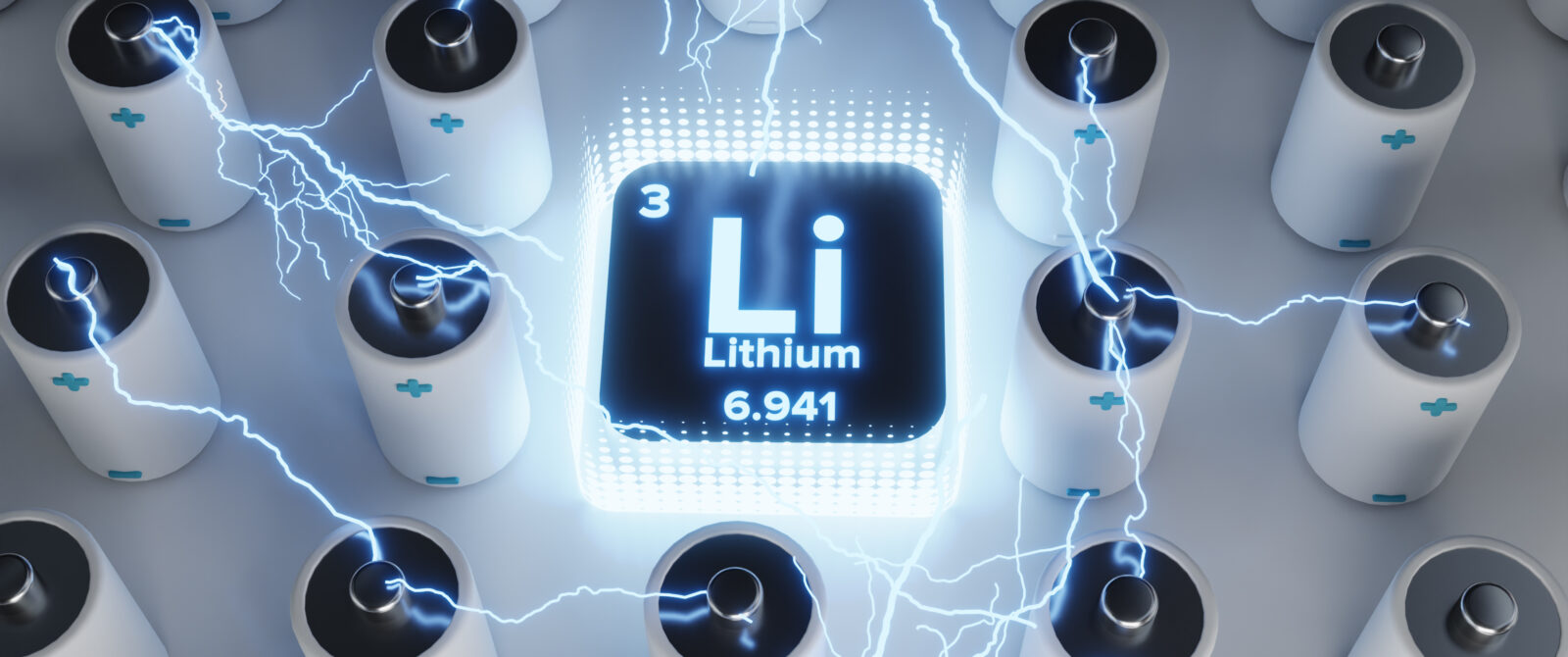Lithium: the key to energy transition
Portugal has one of Europe’s largest lithium reserves, at around 60 thousand tons.
What is it?
It is an alkali metal, the lightest on the periodic table. It’s soft, flammable, and silvery in colour — blue grey when in contact with air and water — and becomes dirty white crystalline powder after being processed. Lithium doesn’t exist in nature in its pure form, and is mostly found as an ionic compound. Chemicals are used to extract lithium carbonate and hydroxide from these compounds.
What can it be used for?
Gone are the days when lithium was chiefly used in medicine — in the form of lithium carbonate tablets — to treat people suffering from bipolar disorder. Nirvana’s “Lithium” alludes to this. Nowadays it has many industrial uses, and is used in batteries for mobile phones, computers and electric vehicles, among other things, thanks to its properties as an excellent conductor of thermal energy and electricity. Since energy transition is necessary and inevitable, lithium will be one of the keys to this transition, which has earnt it the nickname “white gold” or “white oil”. Not only can it help to shift the paradigm and help environmental sustainability, it can also grow the economy and create jobs.
Why is it so controversial?
If this mineral can change the energy paradigm, why are environmental associations and a fringe of the population still protesting against mining? The problem is precisely that – mining. Lithium itself is not dangerous — in its raw state it is non-reactive to the environment, air or water, and does not cause contamination. What is controversial is the extraction methods employed (in underground galleries and open-air mining), which require heavy machinery and may impact directly on the landscape, water resources, air quality and local flora and fauna. Finding the “sweet spot” means minimising these impacts as much as possible, in order to prevent some of the errors of the past.
Where can it be found?
Eight areas had been identified as having lithium extraction potential in Portugal, but two of these — Arga (Caminha) and Segura (Castelo Branco) — were excluded by the Strategic Environmental Assessment. There are now six areas where public mining tenders will be launched: Seixoso-Vieiros, in the districts of Fafe, Celorico de Basto, Guimarães, Felgueiras, Amarante and Mondim de Basto); Massueime, in Almeida, Figueira de Castelo Rodrigo, Pinhel, Trancoso and Meda; Guarda-Mangualde (N and S blocks), in Belmonte, Covilhã, Fundão and Guarda; Guarda-Mangualde (E block), which covers Almeida, Belmonte, Guarda and Sabugal; Guarda-Mangualde (W block), covering Mangualde, Gouveia, Seia, Penalva do Castelo, Fornos de Algodres and Celorico da Beira; and also Guarda-Mangualde (NW block), in the districts of Viseu, Satão, Penalva do Castelo, Mangualde, Seia and Nelas.











